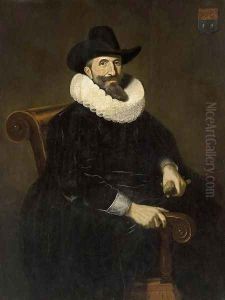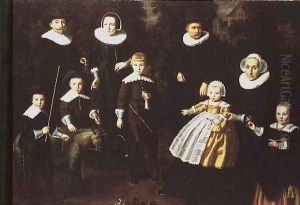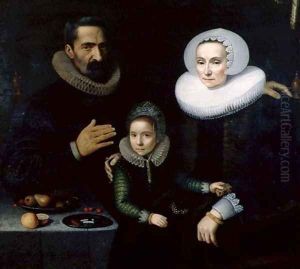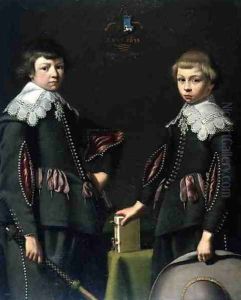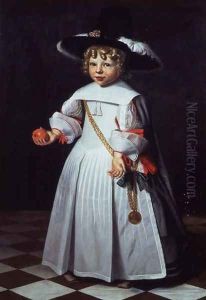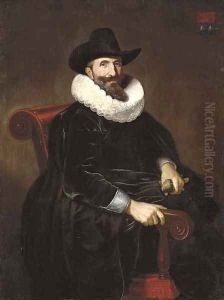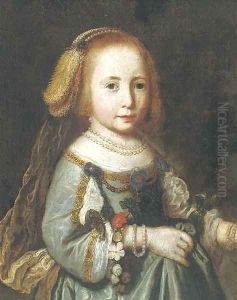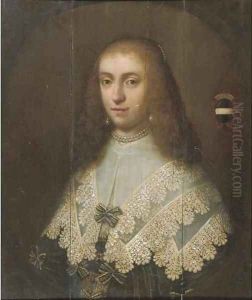Dirck Dircksz. Santvoort Paintings
Dirck Dircksz. Santvoort was a Dutch Golden Age painter known for his portraiture and genre scenes. Born in 1610, Santvoort was part of the prolific period of Dutch art history when the demand for art was at a high due to the burgeoning middle class and the establishment of the Dutch Republic.
Santvoort's work primarily focused on portraiture, and he was skilled at capturing the likeness and personality of his subjects. His style was influenced by his contemporaries, such as Frans Hals and Rembrandt van Rijn, who were also working in Amsterdam during that time. However, Santvoort developed his own approach, characterized by a softer and more refined touch, with an emphasis on elegance and clarity.
He depicted a wide range of subjects, from wealthy merchants and their families to group portraits of civic guards. These group portraits were a unique Dutch tradition where members of the local militia would commission a collective portrait, which also served as a demonstration of their social status and civic pride. Santvoort's paintings are noted for their attention to detail, particularly in the rendering of textiles and clothing, which reflected the wealth and status of his subjects.
One of Santvoort's most notable works is the 'Regentesses of the Spinhuis' (1657), which depicts the female governors of Amsterdam's Spinhuis, an institution for penitent women. In this work, as in many others, Santvoort's talent for capturing the individual characteristics of his sitters while maintaining a cohesive group composition is evident.
Aside from portraits, Santvoort also painted genre scenes, though to a lesser extent. These works often depicted everyday life and activities, giving insight into the customs and interiors of 17th-century Dutch society.
Santvoort's contribution to Dutch Golden Age painting was significant, and his portraits offer a window into the culture and society of his time. His ability to capture the subtleties of expression and his refined technique have ensured that his work continues to be appreciated by art historians and collectors alike. Dirck Dircksz. Santvoort died in 1680, leaving behind a legacy of portraiture that remains a valuable part of the Netherlands' rich artistic heritage.
